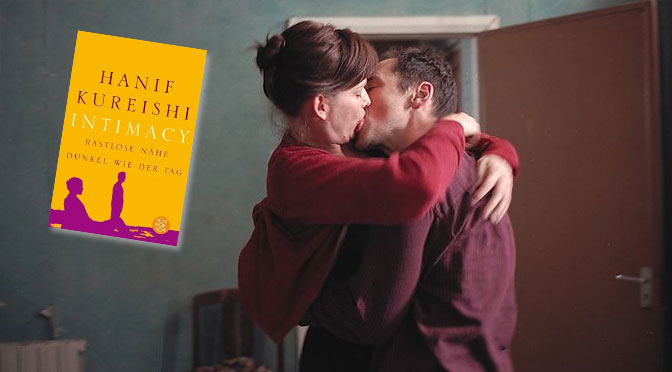Patrice Chéreau’s Intimacy (2001) is one of those films that redefined the boundaries between eroticism, art, and psychological drama. Its power stems in part from the literary foundation: Hanif Kureishi’s short story collection Intimacy (1998), which explores decaying relationships, sexual longing, and the fragility of human closeness. Chéreau didn’t simply adapt the material; he distilled it into an intense core that makes the unspoken, the silent, and the painful visible.
Plot and Source
At the center is Jay, a divorced bartender living in a London flat. Every Wednesday, a woman named Claire comes to him. They make love in silence, raw and unadorned, without conversation or tenderness. Gradually, it becomes clear that Claire is married and leads a life she never shares with Jay. He begins to want more than her body, following her beyond the bedroom, prying into her world.
Kureishi’s stories serve not just as a template but as a resonance chamber. His characters exist in the tension between desire and estrangement, between self-discovery and self-abandonment. The film translates this into images where bodies and souls are inseparably intertwined.
Dramaturgy – from Physicality to Insight
The film’s structure is ritualistic. It begins with the wordless, highly physical encounters between Jay and Claire. Their bodies tell more than their voices ever could. Yet the film resists voyeurism: the sex scenes are framed in such a way that silence and absence become the true focus.
Only afterward does a narrative trajectory unfold. Jay starts watching Claire’s husband and family. What began as an erotic arrangement turns into a psychological drama. Intimacy is no longer about skin, but about the dangerous curiosity and trespass into another’s private life.
Sexuality as Dramatic Axis
Sexuality in Intimacy is no ornament. It is the axis, the engine, the testing ground. The explicit scenes – including unsimulated oral sex – caused a stir. But because these images serve not as titillation but as a mirror of emptiness and yearning, the film was never classified as pornography. Chéreau is interested in the aftermath: the glances, the shame, the silence, the hollow echo after orgasm.
The Pioneering Role of Explicitness
With Intimacy, Chéreau broke new ground by using explicit images to make the unspeakable resonate. The naked bodies are not idealized or stylized but shown as ordinary, vulnerable. This is the radical gesture: sexuality as language, not spectacle.
The film barely avoided censorship precisely because it is rooted in psychological exploration. The erotic imagery is not an end in itself but a tool of characterization. Claire remains enigmatic, Jay remains restless, and their sexual encounters become the canvas on which loneliness and longing are drawn.
Takeaway for Writers
Intimacy demonstrates how explicit eroticism can work in literature and film when it is embedded in a deeper emotional and psychological arc. It is not about staging sex for its own sake, but about using sexuality as dramaturgical language. That is the film’s pioneering achievement – and a powerful lesson for writers who want to explore erotic material without sliding into pornography.

